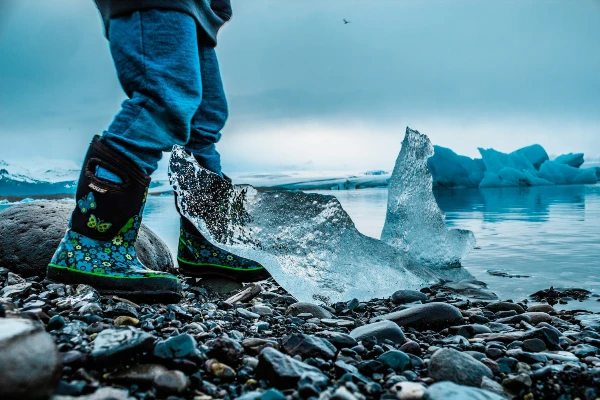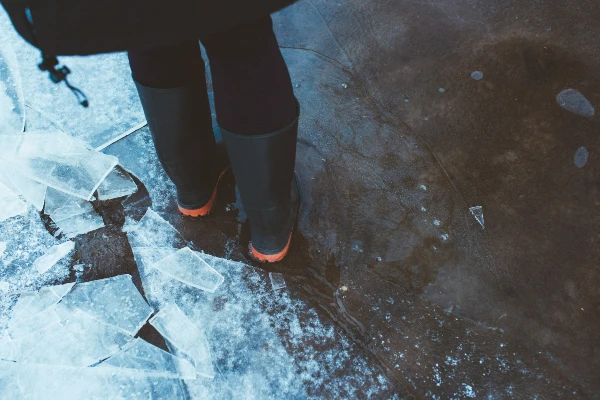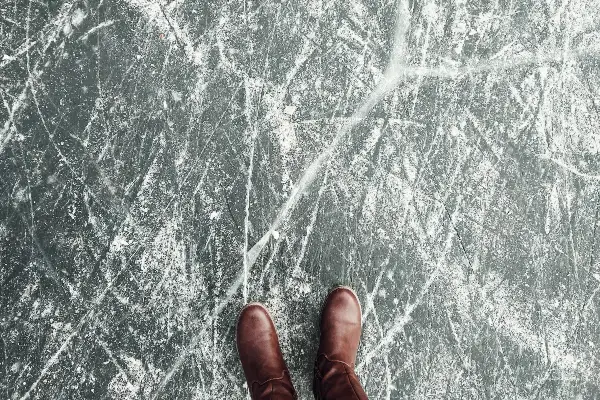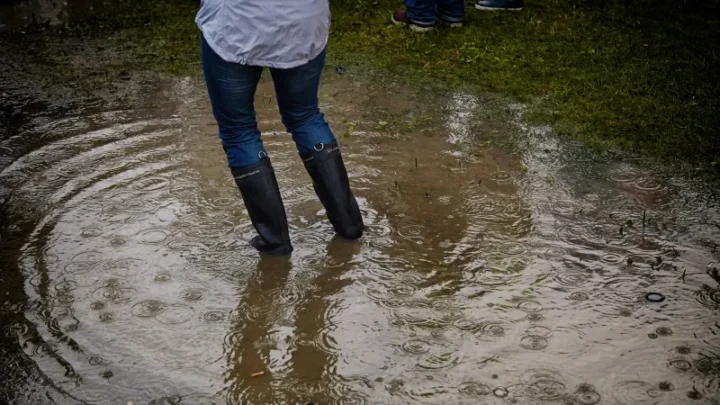Disclosure: This post may contain affiliate links, meaning we get a commission if you decide to make a purchase through our links, at no cost to you. Please read our disclosure for more info.
Comfortable protective footwear is a booster to your performance in unfavorable conditions. But performance boots rarely are built to be equally protective and comfortable. For example, rubber boots are 100% protective and allow nothing inside. However, walking in rubber for extended periods is pure torment because it’s stiff, impermeable, and doesn’t wrap around your foot snugly. On the other end, we have leather boots that are comfortable and timeless in terms of fashion, but leather can’t deal with mud, water, manure, and other substances for long.
Back in the 90s, Jim Donohue faced that dilemma and chose not to choose. Instead, he built his own design that we call Muck boots. Read this guide to learn more about the Muck Boot Company, what makes its footwear special, and what designs it offers for what tasks. If you want to purchase men’s or women’s Muck boots, we recommend this outdoor sports store having everything you might want for your adventures.
In This Post:
The History of Muck Boots
Like many inventors that gave something great to our world, Jim Donohue created his first boot in the basement of his home in Danbury, Connecticut. It was 1998. At that time, he was a farmer and couldn’t find any footwear that met his criteria of comfortability and protection at a decent level. One year later, he founded the Muck Boot Company.
The boot he created was the Chore, the legendary flagship design you can still purchase. The Chore was marketed for eager beavers who had to deal with mud, water, oil, slush, and horse manure on a day-to-day basis, i.e. farmers, equestrians, workers, and other members of the rural community. The boots were so dead-on for these kinds of tasks that no wonder they became so popular in such a short time.
Year by year, the company grew, diversifying into lawn, hunting, and garden designs and expanding to the international markets. However, in 2003, Jim decided to sell the company to a competitor, and now it’s a part of Rocky Brands Inc., an umbrella company for numerous manufacturers of outdoor, work, and duty footwear and apparel.
Why Muck Boots Are Popular
Before we talk about different series of Muck boots for men and women, let’s talk about the basics. The first thing worth noting is that all Muck designs are technology-based, multilayered, 100% waterproof boots.
The core of the Muck boot is the neoprene bootie used for building scuba-diving suits. The natural insulating quality of neoprene provides temperature comfort. You might think waterproofing and insulation will make your feet sweat like hell. However, unlike rubber, neoprene breathes. It doesn’t mean your feet will be cool at 80°F, but still, they will feel much more comfortable than in rubber. Also, lightweight neoprene provides bending comfort, allowing your feet to flex naturally. In Muck boots for warm weather, the bootie features a moisture-wicking mesh lining to transfer sweat to the neoprene liner, its surface, and then the outside. In winter Muck boots, instead of a mesh layer, the bootie incorporates a fleece lining that provides insulation.
Since neoprene is soft, Muck boots wouldn’t last long without protection. That’s why they feature multilayered rubber overlays that prevent the boot from piercing, abrasion, and cuts. The toe and hill areas of the overlay are reinforced for maximum protection.
The Muck Boot Company knows how annoying debris, rocks, and mud entering from the collar are. A wide collar destroys the whole concept of protective boots. That’s why tall Muck boots have their collars recessed. Another feature is fully-leakproof seams.
Now, what types of Muck boots are there?

Photo by Jake Hawkes on Unsplash
Chore – Farmers’ Choice
The Muck Boot Chore series is the company’s classic design for work at a ranch or farm. Actually, the Chore boots are so versatile that you can use them for virtually any task. The series includes several designs built for temperature comfort, from the Chore Xpresscool capable of keeping your feet cool and dry at temperatures ranging from 40 to 95 degrees to the Chore Subfreezing providing comfort at a temperature range from subfreezing to 65 degrees. Other helpful features of Chore boots include a non-metallic puncture-resistant plate, steel shank, and steel toe.

Photo by Julien-Pier Belanger on Unsplash
Arctic – Winter Muck Boots
The Muck Boot Arctic line of thick-neoprene footwear is designed for extremely cold weather conditions. The series includes boots performing at -20, -40 (the Muck Boot Arctic Ice), and -60 degrees (the Muck Boot Arctic Pro). These boots have more aggressive tread patterns for superior traction on ice and snow and thermal foam under the foot.

Photo by Andrew Neel on Unsplash
Wetland – For Hunters and Anglers
At first glance, the Muck Boot Wetland series is a lot like the Chore series. However, if you look closer, you’ll notice that these are all tall designs built to deal with a high water level. The main difference is in the amount of rubber protection, which is higher in the Wetlands. Deer hunters swear by them because they are extremely easy to clean after field-dressing, while anglers love them for comfort.

Photo by Micaela Parente on Unsplash
Some Other Muck Designs
Hunters caring for blending in with the surroundings are welcome to choose from multiple men’s and women’s Camo Muck Boots that use different Mossy Oak patterns. If you need lightweight sneaker-like footwear, have a look at an extensive range of Ankle Muck Boots (the Outscape series). The Muck Boot steel toes are the perfect footwear for workers dealing with heavy objects. And if you want to safely initiate your child to your mucky hobby, sport, or craft, the company makes Kid’s Muck Boots in a variety of colors, designs, and sizes (1-13).
How to Wear Muck Boots
First of all, let’s mention that if you’ve picked the wrong size, all the magic dispels. Muck Boot doesn’t build boots in half sizes, but this can be mitigated by adding an insole that will prevent your foot from moving back and forth.
If you experience issues with overheating and sweating, you can deal with it by rolling the neoprene upper down for better air circulation and using wool socks. It may seem counterintuitive, but wool socks possess excellent moisture-wicking properties, absorbing and pulling the moisture away very quickly.
How to Repair a Hole in Muck Boots
Unfortunately, nothing is everlasting in our world, and Muck boots are no exception. Punctures and tears can still happen to them. However, the rubber can be repaired with a cheap sealant (the company recommends Aquaseal) found in any hardware store. To repair a hole with Aquaseal, you need to clean the damaged area, apply a sealant, and spread it to obtain a thin film. Also, it’s worth mentioning that waterproof Muck Boots still shield you from water even when the rubber layer is damaged.
We hope we’ve instructed you well. Now that you know why Muck boots are cool and trusted and what style suits your needs and requirements best, don’t be shy and have a look at the offered range.

